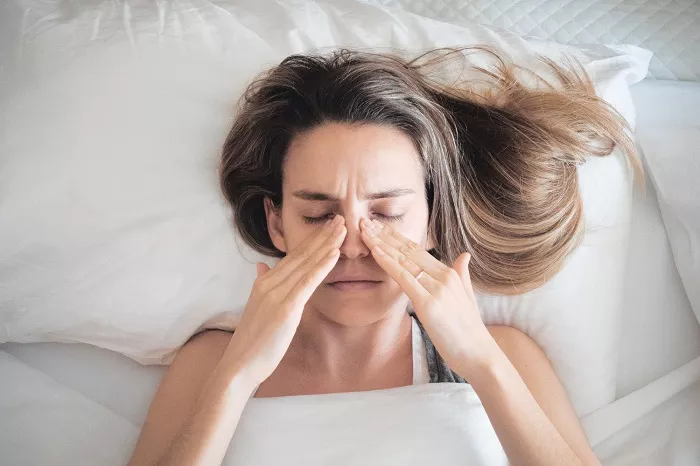Analysis of government data by The Observer reveals a concerning increase in injuries sustained by black inpatients subjected to police restraint in mental health units, contrasting with a decline in incidents involving non-black inpatients, according to the Home Office’s police use of force statistics for 2022/23.
The statistics highlight a significant rise in the number of incidents involving the use of force against black inpatients, reaching 820 in 2022/23, resulting in 36 injuries. This marks an increase from the 770 recorded use of force incidents and 27 injuries in the previous year (2021/22). Concurrently, there has been a 19% reduction in use of force incidents against non-black inpatients, decreasing from 7,698 to 6,244. Injuries in this group also fell from 559 to 406 during the same period.
Abena Oppong-Asare, Labour MP for Erith and Thamesmead and shadow minister for women’s health and mental health, expressed concern, stating, “These figures reveal that the shocking racial inequalities in our mental health services are only widening.”
The data, covering the first full year since the implementation of the Mental Health Units (Use of Force) Act in 2018, commonly known as “Seni’s law,” demonstrates a clear disparity. The act, introduced following the death of Olaseni Lewis in 2010, mandates mental healthcare providers to establish and publish policies on restraint use, maintain records of force incidents, and train staff in de-escalation techniques.
Despite these provisions and the requirement for police officers to wear body cameras in mental health units since August 2022, experts remain skeptical about the practical impact of these measures.
“The family of Seni Lewis fought for this law to ensure what happened to Seni never happened again,” remarked Lucy McKay, spokesperson for the charity Inquest. “It is clear that the law and guidance have led to some important changes, but that has not been felt by black inpatients like Seni, for whom things appear to be getting worse.”
Data shows a concerning increase in ground restraint and limb and body restraint – tactics employed during the restraint of Olaseni Lewis – rising by 9% and 20%, respectively, against black inpatients. In contrast, their use against non-black inpatients decreased by 38% and 14%.
Aji Lewis, Seni Lewis’s mother and mental health campaigner, emphasized the need for urgent action to address racial disparities in patient restraint, stating, “The enactment of Seni’s law and the subsequent guidance was a positive step forward. Yet this data shows the change we need is not taking place. We must see urgent action to address continued racial disparities in restraint of patients, and to end the use of dangerous restraint of mental health patients.”
Responding to the findings, a Home Office spokesperson stated, “Police officers must only use force where it is reasonable, necessary, and proportionate to do so, in order to keep the public and themselves safe.” They also emphasized efforts to make it easier for officers to use body-worn video and provide local communities with more opportunities to scrutinize incidents of police use of force.
































